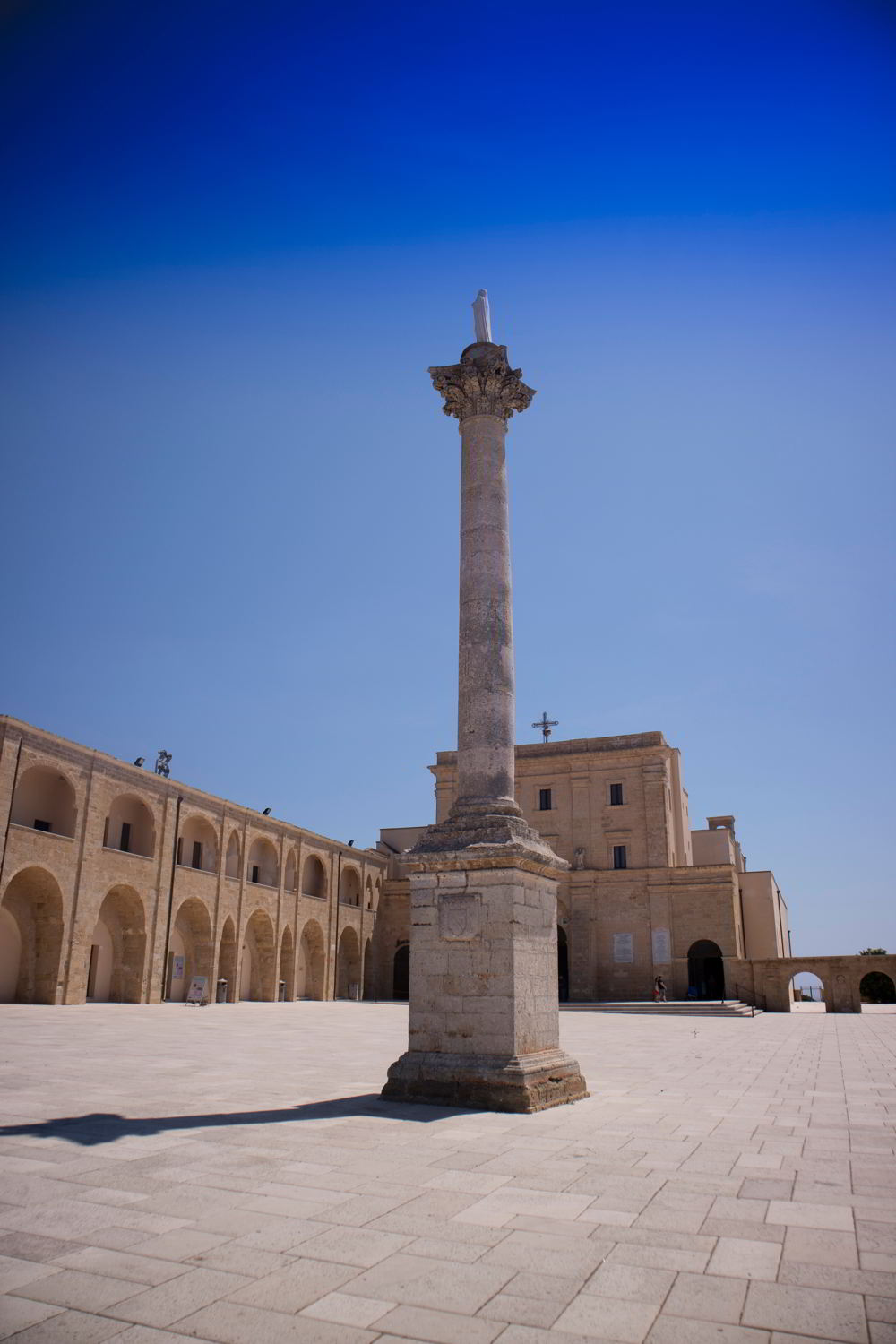In the southern part of the Salento region, so fascinating for the beauty of its landscapes and the history that can be inhaled among the walls of its hamlets, raises the small town of Santa Maria di Leuca.
The birth of Santa Maria di Leuca: between history and legend
The origins of Santa Maria di Leuca date back to the Bronze Age: a lot of evidences of the period were found in the caves along the jagged coast of Leuca, like La Porcinara, inhabited since the VIII century b. C.
The name of the hamlet recalls the Greek sailors blinded by the light (the term leukos) of this land kissed by the sun. It is told that Saint Peter passed from here: the Apostle stopped in this old hamlet, giving it the name of the Virgin. Nowadays Santa Maria di Leuca still has the nickname given by the Romans: de finibus terrae, where the land finishes leaving the space to the infinite sea.
Like all the beautiful places, Santa Maria di Leuca too has a variety of legends talking about its birth: it is told that the mermaid Leucasia, who raged her anger on Melisso, a shepherd who did not surrender to her charmer song because he loved Aristula. Leucasia threw their bodies at the two opposite extremities of the gulf: the goddess Minerva, moved to pity, transformed them into stones, creating the two promontories that are today called Punta Ristola and Punta Meliso. Leucasia, because of her regret, killed herself, petrifying, and starting the legendary beginning of Leuca.



